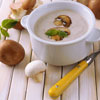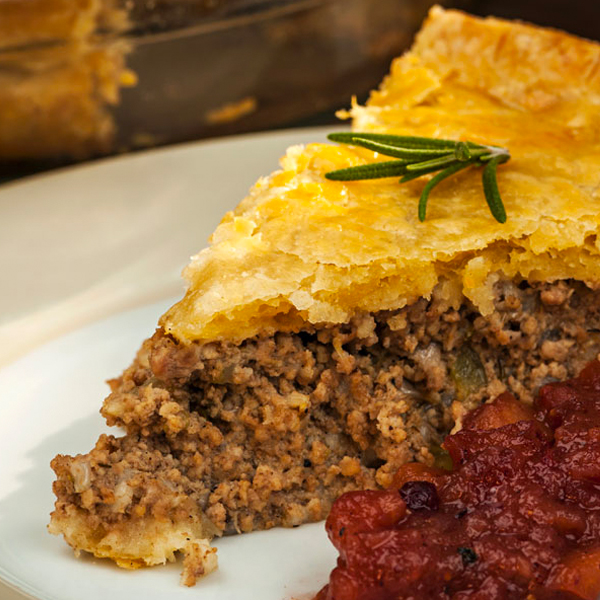Run the blender at medium speed and drop chunks of watermelon through the feed hole one at a time until they are well integrated. Continue running the blender until the mixture has liquefied. Pour the mixture into goblets and garnish with a sprig of mint. Enjoy! Makes 2 servings.



